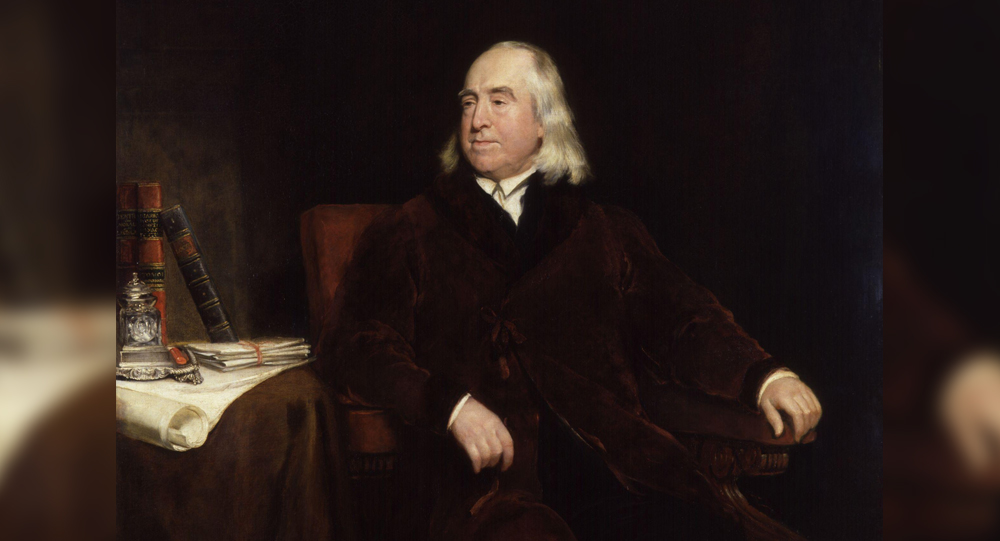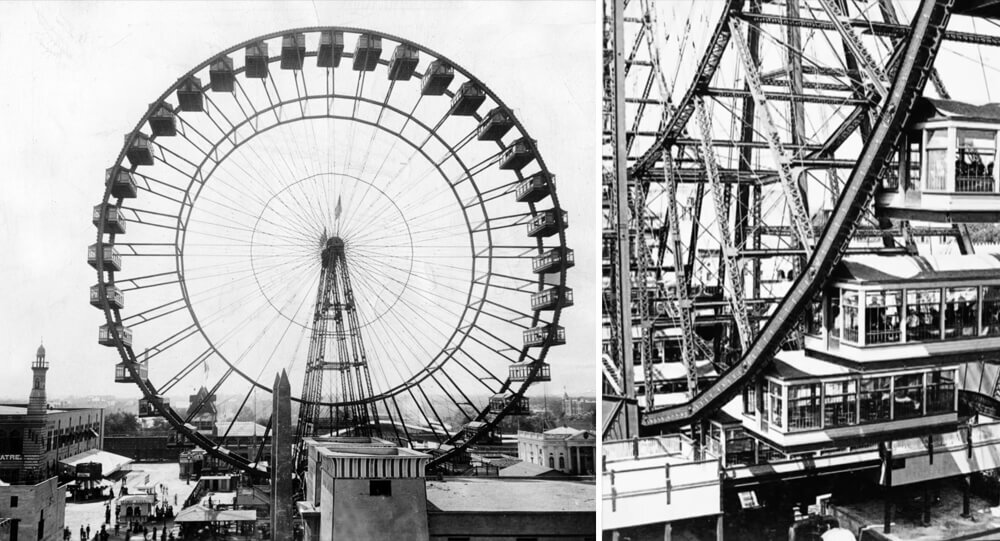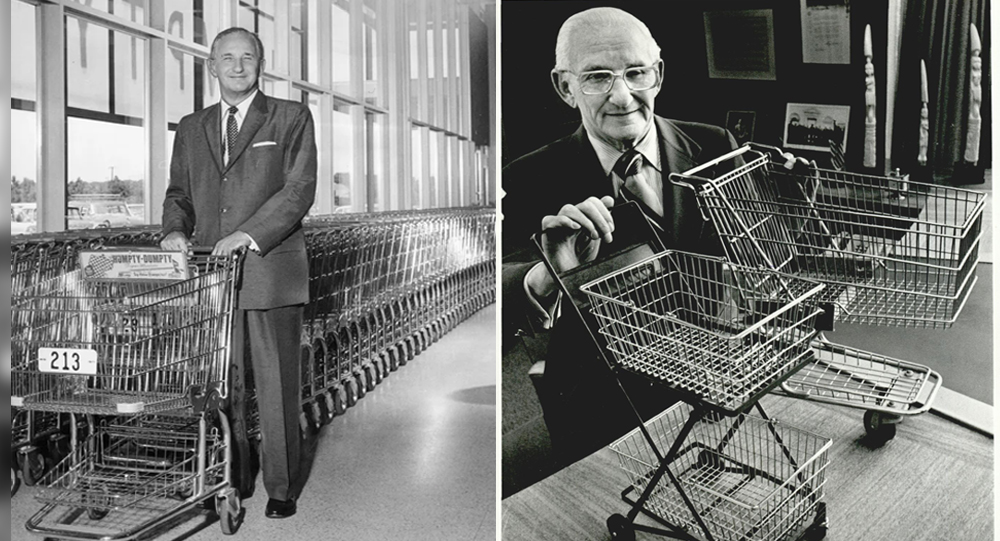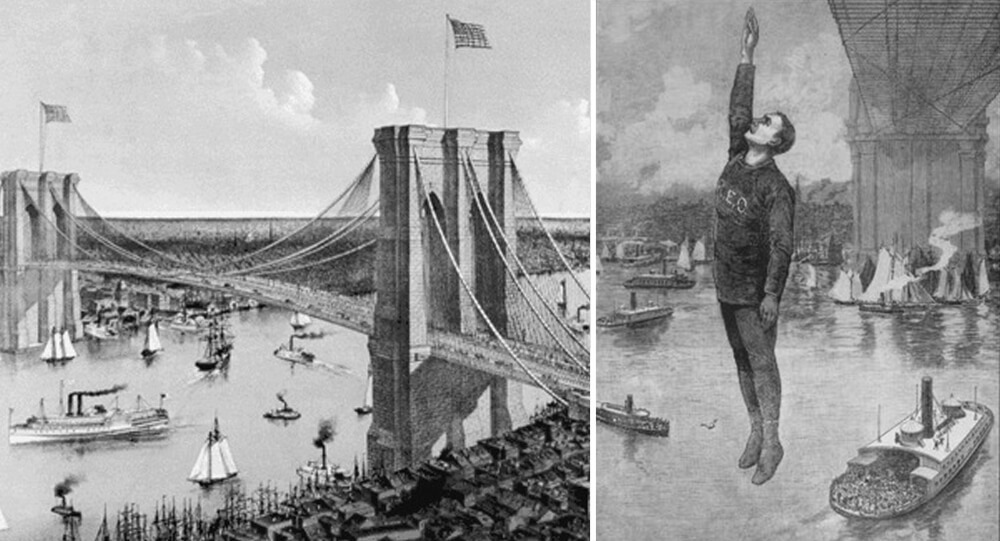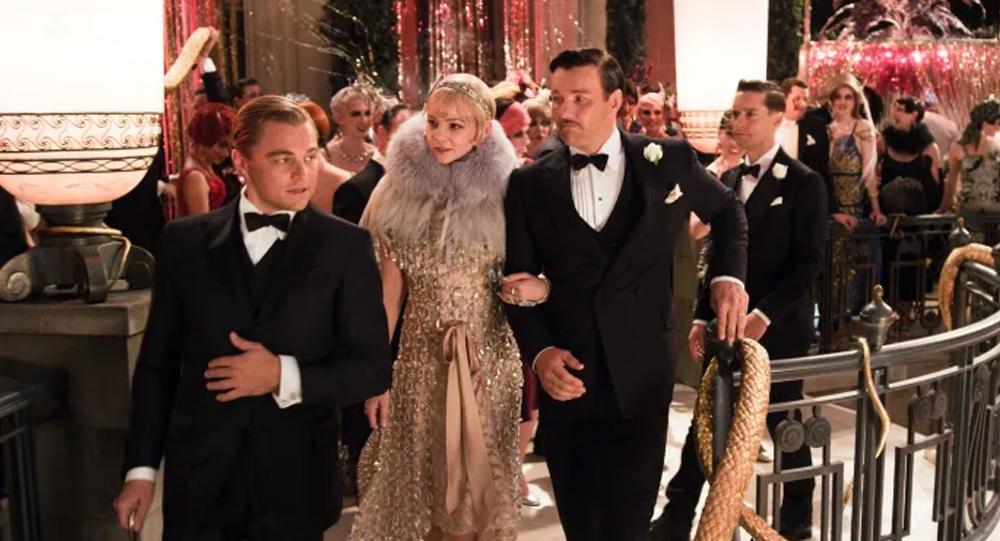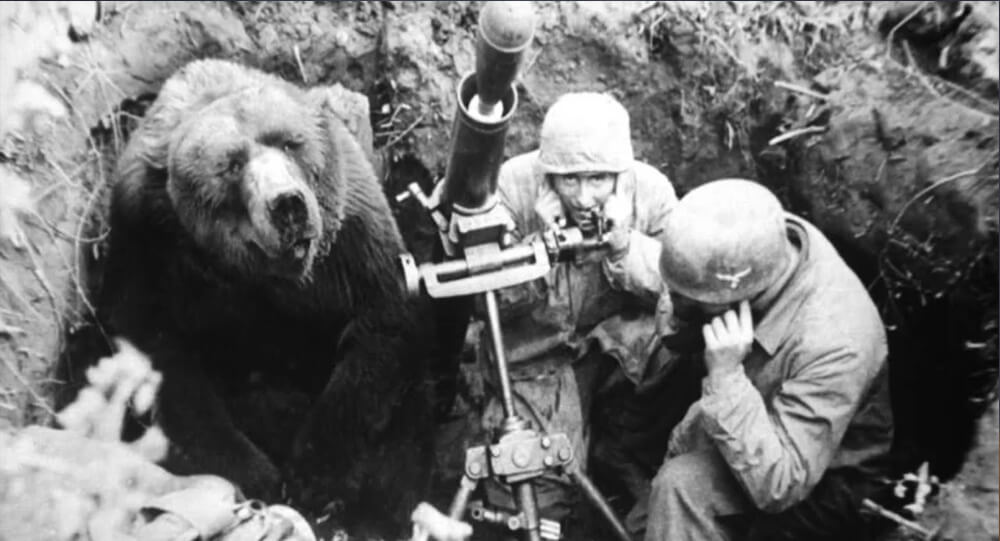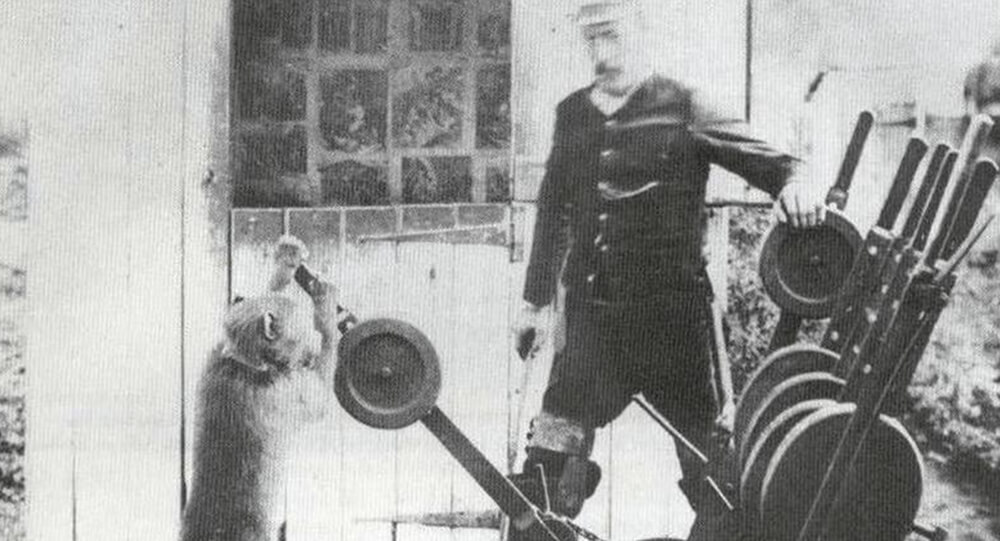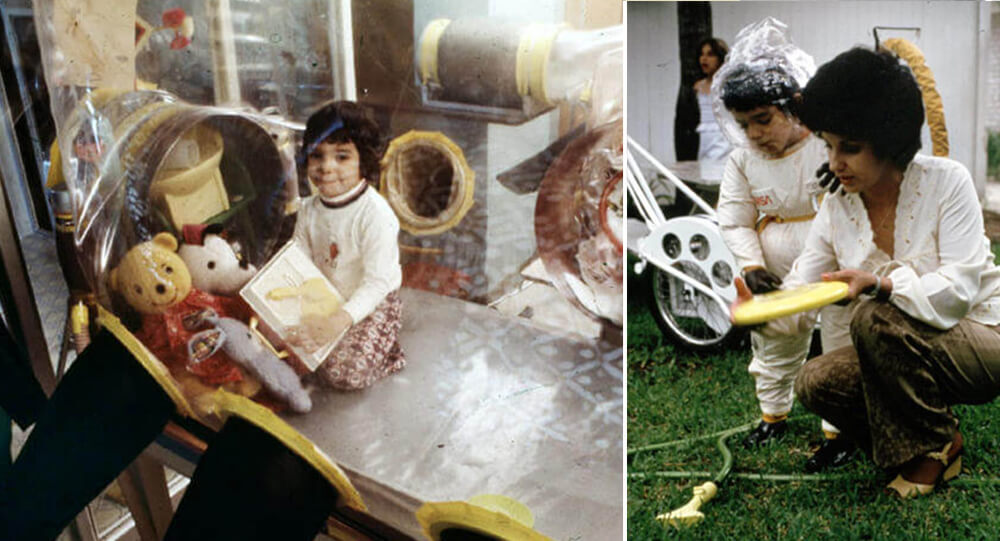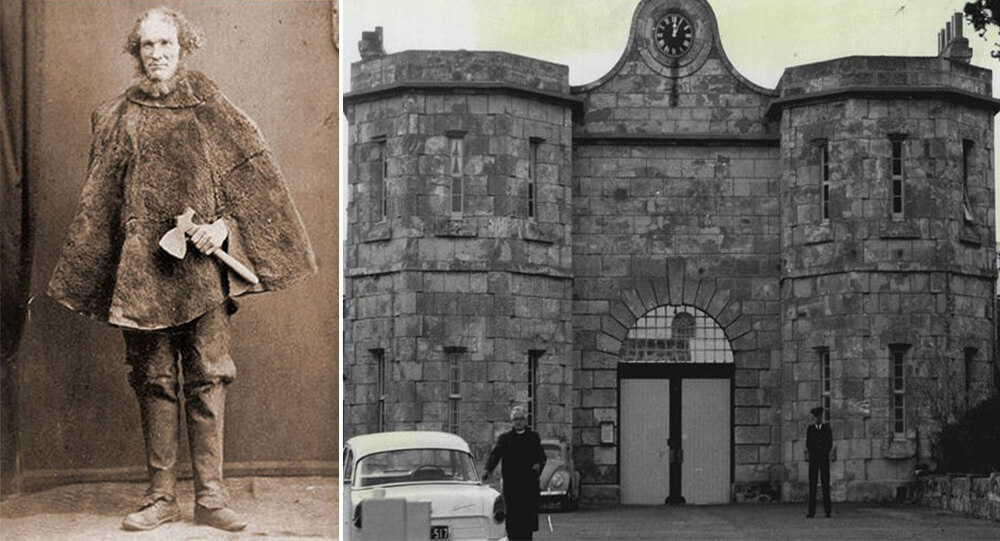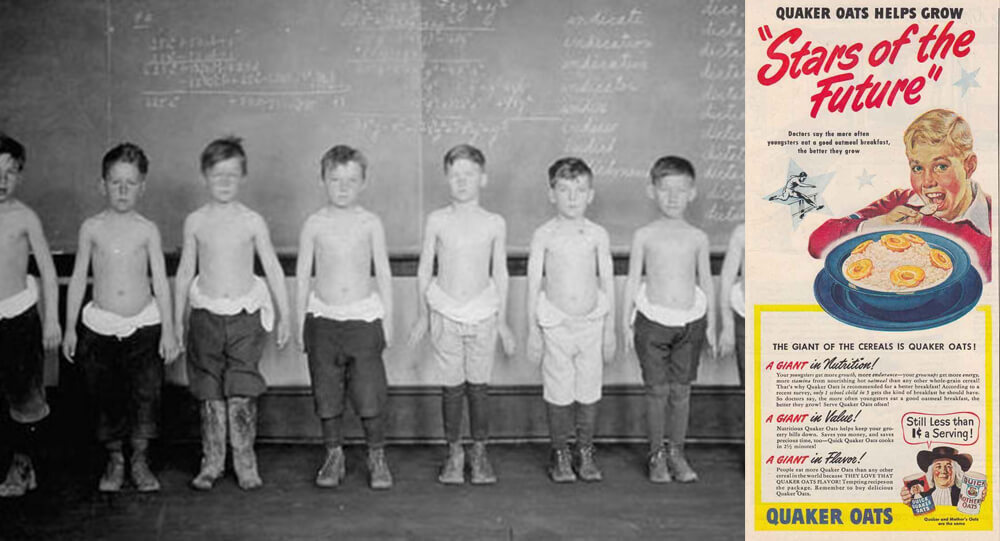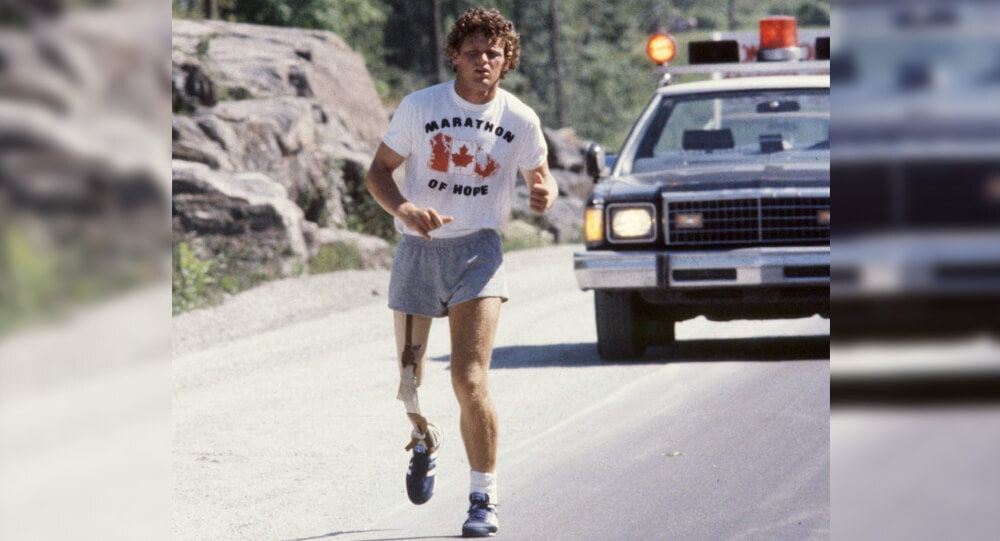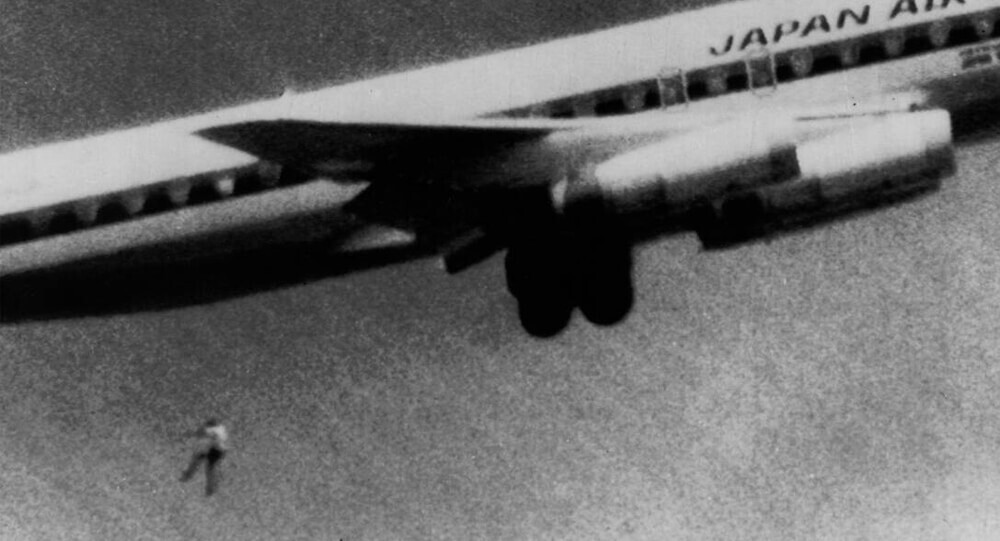
The majority of teenagers would hate being sent away from their families and friends, especially if they were to be sent to a Catholic residential school where there were rigid rules that had to be followed.
Australian teenager Keith Sapsford, then 14 years old, experienced a similar situation in 1970. After only a few weeks, he made the decision to flee, demonstrating his determination to escape this predicament, but he made no decision to return home.
Instead, he made the decision to leave Australia entirely. Keith Sapsford left his school and drove himself to the Sydney airport. Keith got to the airport and snuck onto the tarmac where a few planes were waiting.
He managed to escape on one plane that was bound for Tokyo, Japan. He gave in to temptation and entered the open undercarriage of the Japan Air Lines.
What drove him to make this desperate move?

The History of Keith Sapsford
Events that took place months before Keith stepped out onto that tarmac affected his choices and ultimately caused him to climb onto that plane’s wheel well. Keith’s father, Charles Sapsford, had told his son a story about a Spanish boy who had perished as a result of climbing into an airplane’s undercarriage.
Without a pressurized compartment, that boy had been exposed to the high altitude. It ultimately resulted in his death.
Keith’s father had hoped to talk his daring son out of taking such a chance, but it seems to have motivated him to board a plane for Japan. Keith, who was born in 1956, was a curious young man who enjoyed being active.
In fact, his family had just returned from a trip abroad to sate his wanderlust. Unfortunately, he had a tendency to disappear, and even a lengthy international trip could not stop his wanderlust.
But when they got back home, Keith Sapsford started to feel restless. His parents decided that he needed some structure and formalized discipline. Keith was deemed to be best suited for Boys’ Town, a Roman Catholic school situated in Sydney’s southern region.
This facility specialized in working with troubled kids who required structure and a formal system of discipline. Helping him find the best path seemed right in their parents’ eyes.
Keith was only in the institution for two weeks before he was able to escape because the facility misjudged his sense of adventure. Keith may not have even known the plane’s destination when he climbed into the wheel well; it is unclear what made him decide to go to the airport.
It is not surprising that a teenager was able to sneak onto the tarmac because regulations at major airports were simpler than those we deal with today.
Keith decided to take a chance when he saw a Douglas DC-8 getting ready to take off. Unlike that Spanish boy, he believed he would be able to survive because Keith would be in the wheel well. Keith thought he could escape the perils of exposure to high altitude.
Keith Sapsford did not realize, however, that after takeoff, when the plane’s wheels retracted, the wheel-well compartment would reopen. Keith died after falling 200 feet as a result of that.
The evidence, in his father’s opinion, suggested that Keith might have also been mowed down by the wheels as they tried to retract. In either case, a family suffered a tragic loss of life and heartbreak as a result. That heartbreak would last for more than 40 years, until his parents died.
One study by the U.S. Federal Aviation Authority revealed that only one out of every four stowaways on an airplane make it through the flight. On short, low-altitude flights, survivors board as stowaways; however, when an aircraft reaches cruising altitude, there are no surviving stowaways.
Statistics show that over the course of 85 flights, there were 96 attempts to stow away in the wheel-well compartments between 1947 and 2012. 23 of them were still alive. Thus, 73 people lost their lives while trying to obtain a free trip.
Ignoring this information and making an attempt to stow away can end tragically, as Keith Sapsford’s tale demonstrates.
A Photographer Snaps Heartbreaking Fall
John Gilpin, a beginner photographer, just so happened to be at the airport. He was photographing activities at the airport in the hopes that one or two would turn out well. John would eventually capture Keith Sapsford as he plunged to his death, despite the fact that he was unaware of this at the time.

Before the plane took off, Keith had already spent a number of hours in the wheel well. Experts later discovered handprints, footprints, and clothing threads when they examined the plane. To demonstrate that Keith had boarded the aircraft, they required all available proof.
Even more tragically, Keith would have probably frozen or suffocated to death if he hadn’t fallen out of the plane. It was not oxygenated and the compartment reached freezing temperatures.
Keith Sapsford had little insulation against the change in temperature that would happen as the plane rose to its cruising altitude because he was only wearing a short-sleeved shirt and shorts. There wasn’t enough room in their compartment for both him and the retracting wheels, so even they posed a threat.
Surprisingly, John didn’t become aware of what he had photographed until almost a week later. John noticed a print of a boy falling from the plane feet first while developing his photos from the day at the airport. He appeared to be reaching up with his hands in an effort to grab onto something and prevent falling.
The image serves as a chilling reminder of the young boy’s tragic death while making a last-ditch effort to leave his school and see the outside world.

Why This Belgian Bar Makes You Trade Your Shoe for a Beer
To prevent tourists from stealing their beer glasses, some bars in Belgium require people to hand over one of their shoes as a deposit which is then put in a basket and hung from the ceiling. These shoe baskets have also become an attraction.

How 18th Century Women’s Rights Movements Shaped Modern Equality
The 18th century marked a turning point in the quest for women’s rights, as passionate voices challenged centuries of gender inequality and laid the groundwork for modern feminism. From pioneers like Mary Wollstonecraft to revolutionary declarations and early advocacy, this era sparked debates on education, political participation, and social justice that continue to resonate today. Journey through the origins of women’s rights movements and discover how their bold ideas shaped the fight for equality.

Story of Kathrine Switzer: the first woman to run in Boston Marathon
Before women were allowed to run in the Boston Marathon, Kathrine Switzer participated. A race official attempted to forcefully remove her from the race in 1967, but her boyfriend pushed him down. She was the first female finisher who had a numbered entry in the race.

Nordlingen, The Town Inside A Meteorite Crater With Millions Of Meteorite Diamonds
The German town of Nördlingen is embedded with 72,000 tons of microscopic diamonds. About 15 million years ago, a meteorite hit this region, and the impact created a massive depression and formed rocks containing diamonds, glass, and crystals. The town was built in the impact crater sometime around 898 CE.

Franz Ferdinand’s Assassination that sparked World War I
Archduke Franz Ferdinand of Austria and his wife Sophie are shot to death by a Bosnian Serb nationalist during an official visit to the Bosnian capital of Sarajevo on June 28, 1914. The killings sparked a chain of events that led to the eruption of World War I by early August.

how Ferris wheel invented
In 1891, Chicago challenged engineers to create a structure to surpass the Eiffel Tower for the World's Columbian Exposition. George Washington Gale Ferris jr. responded with the original Ferris Wheel, a giant rotating structure elevating visitors above the city. This invention became an iconic attraction at the fair.

Sylvan Goldman: The Visionary Who Revolutionized Shopping with the Cart
The inventor of shopping carts, Sylvan Goldman, had to hire several male and female models to push carts around in his store, demonstrate their utility, and explain their use to other customers, due to not catching on initially.

During the 1996 Olympic bombing, Richard Jewell falsely accused of committing the crime after saving dozens of people
Richard Jewell, an American security guard, discovered a bomb during the 1996 Olympic Games in Atlanta and assisted in the evacuation, but was later wrongfully accused and faced public scrutiny. He was cleared, but it had a lasting impact on him until his death in 2007 at the age of 44.

Underground Railroad to Mexico freed thousands of slaves in 1829
Slavery was abolished in Mexico in 1829. Slaves were escaping to Mexico, and slaveholders in the US were aware of this. The US attempted to get Mexico to sign a fugitive slave treaty, which would have required Mexico to send back escaped slaves to the US. But, Mexico refused, arguing that slaves were free as soon as they set foot on Mexican soil.

The incredible story of Julia "Butterfly" Hill and her legacy
American environmental activist Julia “Butterfly” Hill lived in a 1500-year-old California Redwood tree for 738 days to prevent it from being cut down by the Pacific Lumber Company. The Simpson’s episode “Lisa the Tree Hugger” was inspired by Hill’s story.

Robert Odlum, the first person to jump off the Brooklyn Bridge
The first person to jump off the Brooklyn Bridge was a professional high diver who "wanted to demonstrate that people did not die simply by falling through the air, thus encouraging people to be willing to jump from a burning building into a net." He proved himself correct by safely falling 135 feet through the air and dying only when he hit the water.

From Flapper to Fashion Week: How 1920s Style Still Shapes Modern Trends
The roaring 1920s revolutionized fashion, introducing bold styles, daring cuts, and a spirit of freedom that still inspires today’s wardrobes. From flapper dresses to statement accessories, here’s how the Jazz Age lives on in modern fashion.

The 440-pound bear named Wojtek and his World War II battle against the Nazis
Polish troops raised an orphaned bear cub during WWII. He enjoyed drinking beer, and was trained to salute. He became officially enlisted as a member of the forces, and helped carry artillery during battle.

How Cleveland's Balloonfest in 1986 Turned Into a Public Tragedy
In Cleveland, Ohio, United Way broke the world record by deflating nearly 1.5 million balloons as part of a publicity stunt to raise money. The balloon obstructed a US Coast Guard search for two boaters who were subsequently discovered to have drowned, blocked airport runways, and blocked land and waterways.

Mother who spent entire life savings for daughter’s cancer treatment won the lottery
A mother won $2 million from a $10 scratch-off lottery ticket after she spent all of her entire life savings to pay her daughter’s cancer treatment. She bought the winning ticket after her daughter’s last cancer treatment.

15 interesting facts about Queen Elizabeth II
Queen Elizabeth II, who ruled Britain for 70 years, has away at the age of 96. She was the country's longest-reigning monarch. Here are some little-known facts about her.

Why the Brooklyn Bridge Was Once Crossed by 17 Camels and 21 Elephants
On May 30, 1883, a rumor that the Brooklyn Bridge was going to collapse caused a stampede, which killed at least at twleve people. To prove the bridge was safe, P.T. Barnum led a parade of 21 elephants over it.

Jack the Baboon operated a railroad, earned a living, and never made a mistake
A baboon worked as a signalman for the railroad in the late 1800s. He never made a mistake and worked for the railroad until the day he died.

The touching story of David Vetter (bubble boy), the 'boy who lived in a bubble
David Vetter lived his whole 12 years in sterile “bubble”. He was “outside” for 20 second after being removed from his mother’s womb. He never touched any human.

8 Interesting Facts About The Unsinkable Ship, TITANIC
If you ask your friends what's the most famous ship in history the answer in most cases will be the same, of course the legendary Titanic. Its history is full of mysteries, at first it was a source of hope and national pride as well as proof of the triumphs of mankind but it soon became a source of nostalgia and pain, the extent of which cannot be described in words.

Moondyne Joe: The story of Australia's most notorious prison escapee
A man named Joseph Bolitho Johns (A.K.A Moondyne Joe) broke out of Australian prisons so many times that the police were compelled to build a special cell just for him. He escaped from that as well.

Quaker Oats Fed Children with Radioactive Oatmeal
In the 1940s and 1950s, Quaker Oats and MIT conducted experiments on radioactive iron and calcium-containing cereal. The diet was part of a study to see if the nutrients in Quaker oatmeal traveled throughout the body. In January 1998, a $1.85 million settlement was reached for 30 victims who came forward.

Hedy Lamarr, A Hollywood actress who also a mathematician and inventor
Hollywood actress Hedy Lamarr was also a mathematician and the inventor of frequency hopping spread spectrum, a technology still used for bluetooth and wifi

Terry Fox, a 21-year-old one-legged cancer patient who ran 143 days before dying
Terry Fox was a 21-year-old one-legged cancer patient who ran 3,339 miles across Canada in 143 days before dying.

The History Behind the “No One Dies Alone” Program
In 1986, while doing a night shift at the hospital, Sandra Clarke, a registered nurse, was asked by an elderly patient to stay. She promised to be back after checking on her other patients, but by the time she returned, the gentleman had passed away. Clarke became one of the key figures in launching No One Dies Alone, a program that allows volunteers to sit with terminal patients who have no one else.


